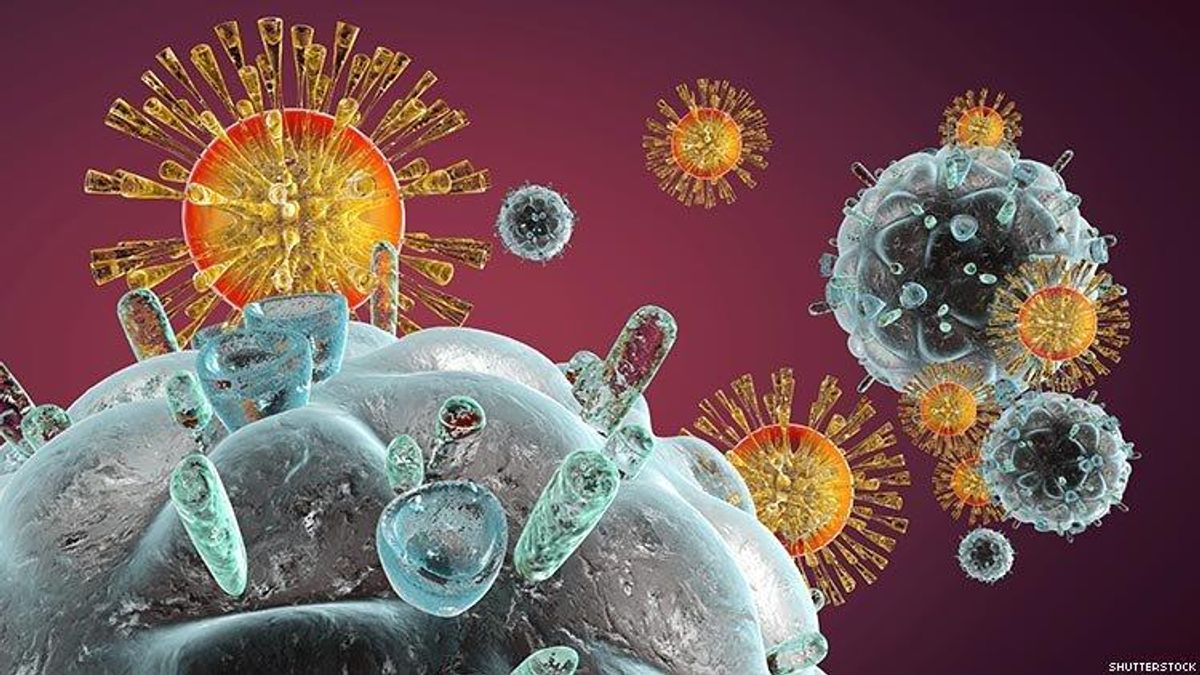Scientific researchers in the Netherlands have identified a new strain of HIV that is “highly virulent,” but stress it’s no reason to panic. The findings were published earlier this week in the journal, Science.
Though the newly identified “VB variant” is easier to transmit and does indeed attack the immune system at a faster rate than other strains, researchers believe that the variant has actually been around since the 1990 but primariliy localized to the Netherlands region. In addition, despite the strain’s aggressive nature, it is still easily controlled by current HIV medications.
The strain was discovered while researchers were looking at data and blood samples from people living with HIV in Europe and Uganda who are participating in a study called the BEEHIVE project. After noticing that a few people had unusually high viral loads after their diagnoses, they eventually located other participants with genetically similar HIV.
Ultimately the researchers determined that people carrying the VB variant experienced a 3.5- to 5.5-fold increase in viral load compared with 6,604 participants in the study who had a different strain. They also discovered that the strain was more virulent, or dangerous. In the participants who had the VB variant, their CD4 cells declined twice as fast. This would mean that without treatment, carriers of this strain would progress to AIDS within two to three years of diagnosis — compared with six to seven years for other strains.
“We found that on average, individuals with this variant would be expected to progress from diagnosis to ‘advanced HIV’ in nine months, if they do not start treatment and are diagnosed in their 30s (the progression is faster still if they are older),” lead researcher Dr. Chris Wymant told Technology Networks.
Wymant, a senior researcher with the Big Data Institute at the University of Oxford, was the first to emphasize that the findings were “no cause for alarm.” He cited that quick access to testing and treatment is what has kept this particular strain under control and within a confined area.
And some more good news: Once on proper treatment, carriers of the VB variant can get to undetectable as easily as those carrying other strains of HIV. And, as many living with HIV already know, once you are undetectable you’re no longer able to transmit the virus to a partner, even without using a condom. This globally-accepted scientific consensus is also known as U=U (undetectable equals untransmittable). Click here to learn more about U=U.
Wymant added that further research is need to truly understand all the elements of this new strain.
“Our research group… has a wide range of expertise in the evolutionary epidemiology of viruses,” he said. “We do not have expertise in cellular biology, and so we present this finding to pass the baton to people who can study the interaction of this virus with immune system cells in controlled experimental conditions.”

















































































